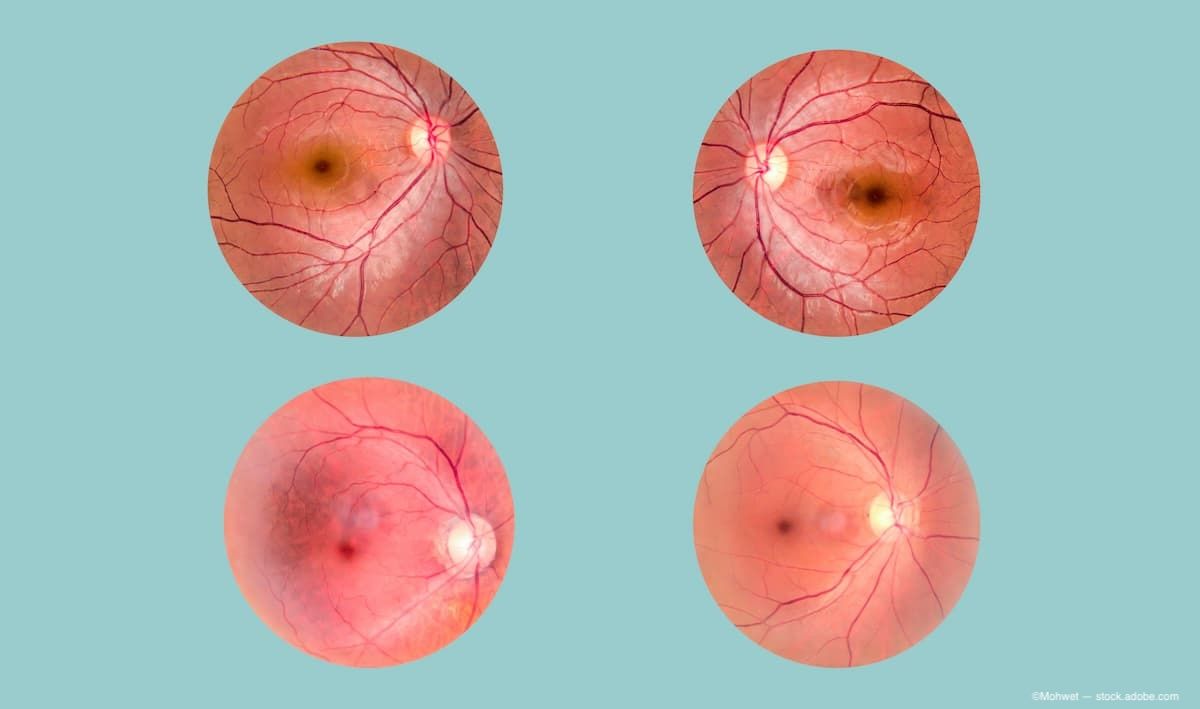Article
Axitinib Intravitreal Implant for wet AMD delivered high drug levels to retinal tissue
Author(s):
The intravitreal implant (OTX-TKI) is being evaluated to treat wet age-related macular degeneration in a phase 1b clinical trial.
Erica Kahn and colleagues from Ocular Therapeutix Inc. found both that injection of the Axitinib Intravitreal Implant (OTX-TKI) in non-human primates resulted in high levels of the drug in the retinal tissue and was generally well tolerated.

This intravitreal implant is being evaluated to treat wet age-related macular degeneration in a phase 1b clinical trial.
The advantage of this hydrogel-based implant is that it is designed to deliver the tyrosine kinase inhibitor axitinib to the retinal tissue for from 6 to 9 months, in contrast to current AMD injections that are required every 1 to 2 months for these patients.
In this 9-month study in which the implant was administered to Cynomolgus monkeys, the investigators evaluated the effects of different doses and numbers of implants when the animals received either 3 200-µg- (group 1, n=8), one 300-µg- (group 2, n=8), or one 600-µg- (group 3, n=8) OTX-TKI implant in both eyes on Day 0.
OTX-TKI results
The implant was well tolerated in all groups.
The intraocular pressure did not change significantly and no significant inflammatory response was observed.
The researchers measured high levels of axitinib in the retina tissue at 3 and 6 months after injections in all groups. The drug distributions in the retina and choroid/retinal pigment epithelium were higher in group 1 at 3 months but comparable in all groups at 6 months.
At the 6-month time point, the implants in groups 1 and 2 released about 50% of the drug and in group 3 35% of the drug in the vitreous. The investigators pointed out that the daily release rates in group 1 were higher than in the other groups due to the larger surface area with the three implants used in group 1.
The implants degraded at about month 6 and particles of axitinib particles were seen in the vitreous at month 9. There was minimal drug systemically in the animals in all groups based on the plasma samples obtained at month 3.
Newsletter
Don’t miss out—get Ophthalmology Times updates on the latest clinical advancements and expert interviews, straight to your inbox.




